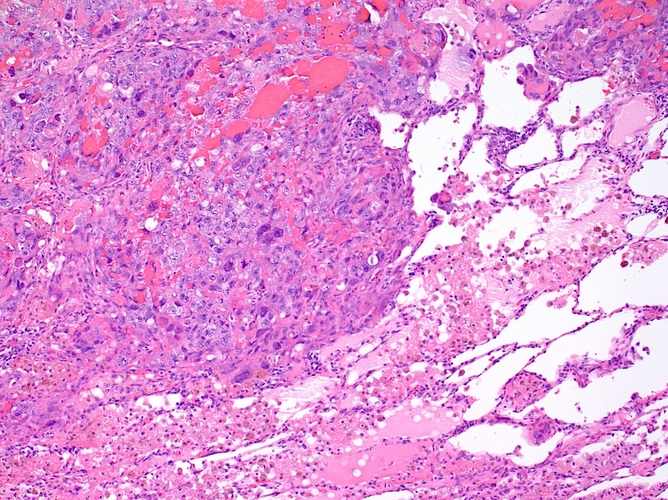Dr. Weeks’ Comment: Increasingly, the public is being warned regarding the role of cancer STEM cells being more dangerous and therefore the rightful target of chemotherapy. This is in sharp contrast to the relatively less worrisome role of cancer TUMOR cells – the target of conventional treatments (chemotherapy, radiation and surgery). Time to get up to speed on the debate.
Can elusive cancer stem cells seed new tumours months after chemotherapy?

There is a theory among doctors and researchers that has divided the field of cancer treatment in recent years. It suggests that within a tumour there is a small group of special cancer seed cells that are able to resist chemotherapy and bring about the return of the cancer many months after treatment has been completed. This “cancer stem cell” theory may explain the unfortunate relapses seen with many cancer suffers and the tragic consequences for the patient and their family.
These cancer seed cells resemble so-called stem cells that normally renew the cells in our tissues and organs throughout our lives. Stem cells are very specialised parent cells that have the potential to turn into many cell types such brain, liver, brain, blood and so on. While we’re used to hearing about how stem cells are the saviour of modern medicine, cancer stem cells instead reproduce and sustain the cancer.
So while with the potential to treat untreatable illnesses and to reverse the damage done by conditions such as stroke and spinal column injury, cancer stem cells on the other hand are a potential problem for the successful treatment of malignant disease.
In fact, if the cancer stem cell hypothesis is correct, they are the root of the disease, which must be completely removed to ensure that the cancer does not grow back.

The image above, where the yellow cell is a chemotherapy-resistant cancer stem cell, illustrates how cancer stem cells might also help cancer return in a patient who has undergone conventional cancer therapy.
Targeting these rare cells
Cancer stem cell theory suggests that conventional chemotherapy kills the majority of cancer cells but leaves rarer cancer stem cells alive. These stem cells ultimately reseed the tumour, which results in the cancer returning. So if the theory is correct then it should be possible to more effectively treat cancers by targeting cancer stem cells with specific drugs.
These drugs could be used in two ways. Rather than attacking all of the tumour cells at once, as is the case for traditional cancer therapy, specific drugs targeted at cancer stem cells should result in the tumour slowly shrinking, since the stem cells will no longer be there to replenish cells that naturally die within the cancer. However, this may take some time and a faster approach might be to use a combination of targeted cancer stem cell drugs along with conventional chemotherapy.
Theory and reality
Cancer stem cell theory looks incredibly exciting as a target for the treatment of cancer and as an explanation for the clinical relapses often seen in patients with metastatic cancer following conventional treatments. However, we must observe caution, as many scientists are sceptical about the very existence of these specialised stem cells within a cancer. Other researchers believe that even if cancer stem cells do exist in some form, targeting them will not bring about the spectacular cures that patients and families are hoping for.
Thankfully, there are some supporters of the theory who are willing to be the risk takers. A number of bioscience companies and universities have committed to clinical trials for new drugs that specifically attack cancer stem cells. The challenge for the scientists and clinicians involved in these trials will to show unequivocally that cancer stem cells are a reality and to prove that these drugs can be effective in treating and preventing re-occurrence of a cancer.
The hope is that in the coming years a wealth of information will become available from the current batch of clinical trials, aimed at utilising targeted cancer stem cell therapeutics. It remains to be seen if the results obtained in these trials will be enough to convince the sceptics that these stem cells actually exist in a tumour. On the other hand, if the targeted treatments are successful in preventing the return of cancer cells in children and adults, then we’ll have some indication beyond a reasonable doubt that the theory is correct.

